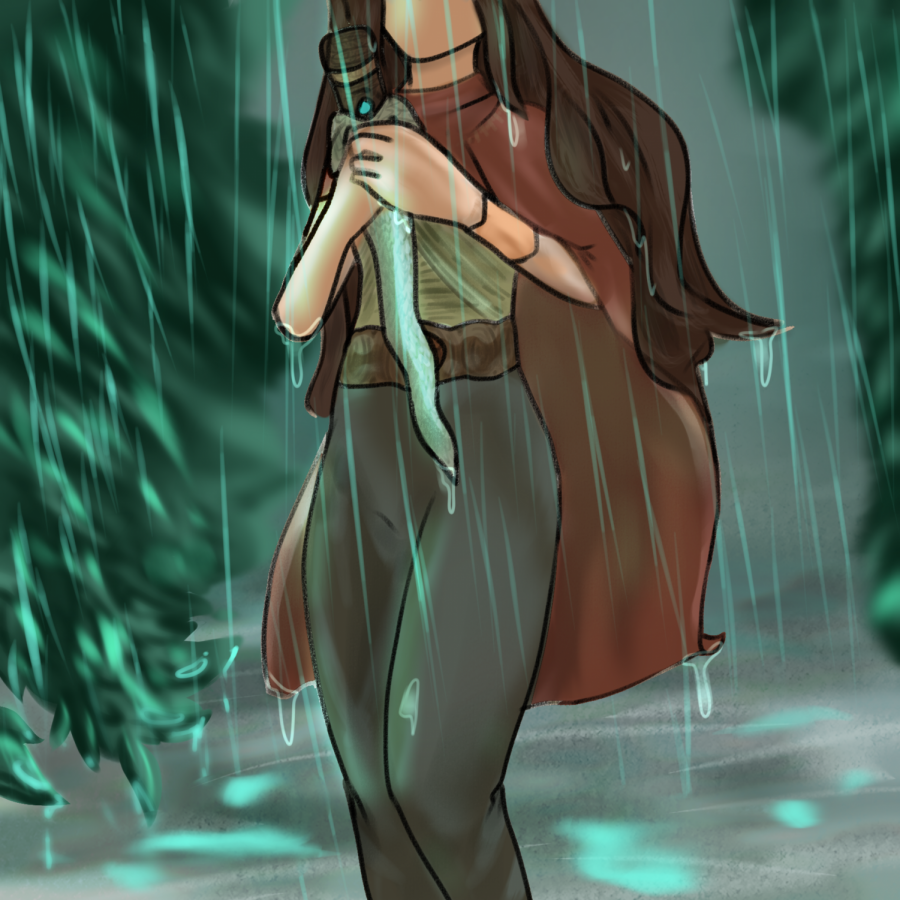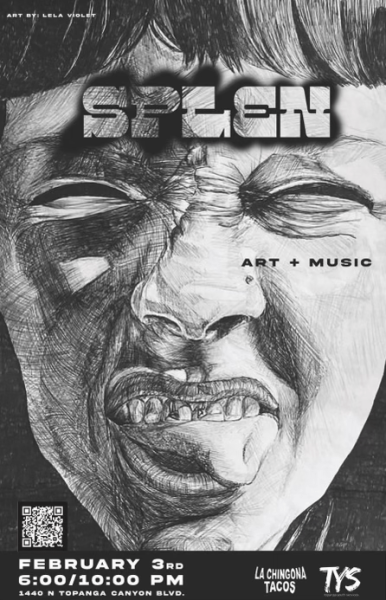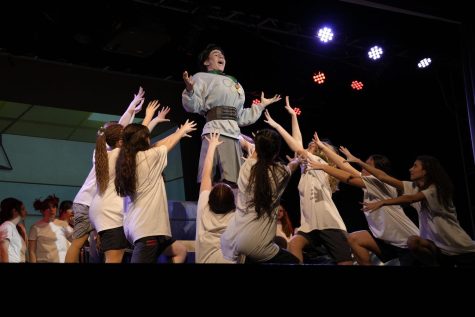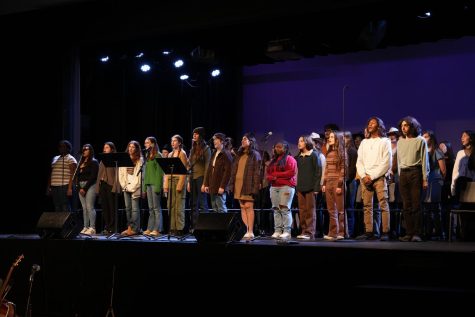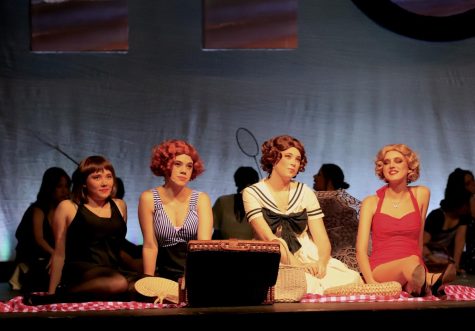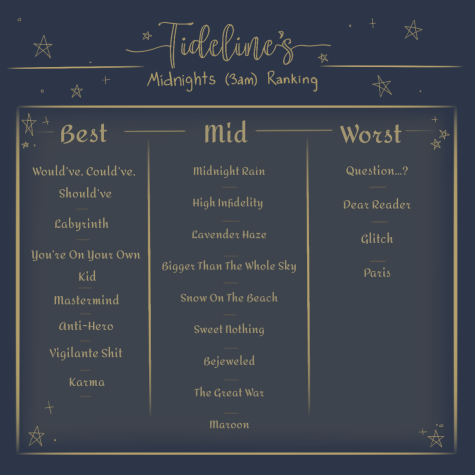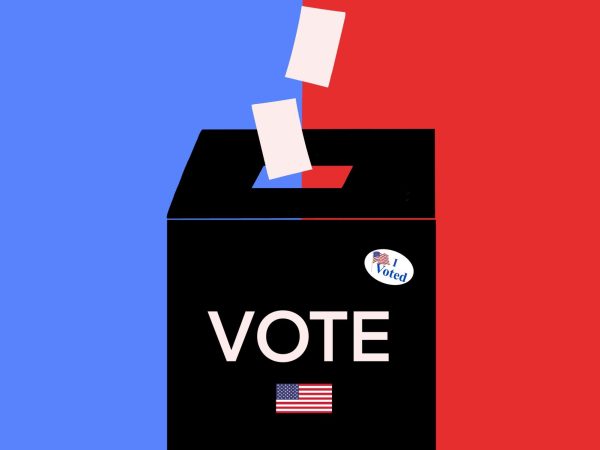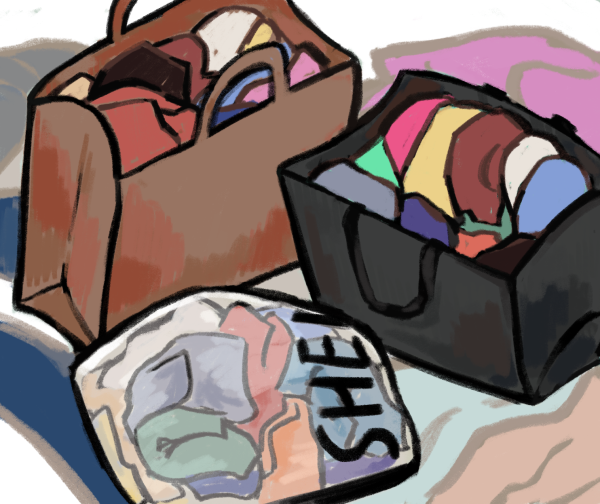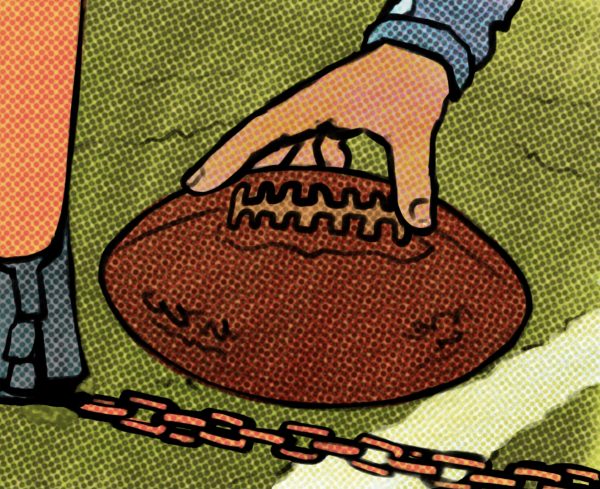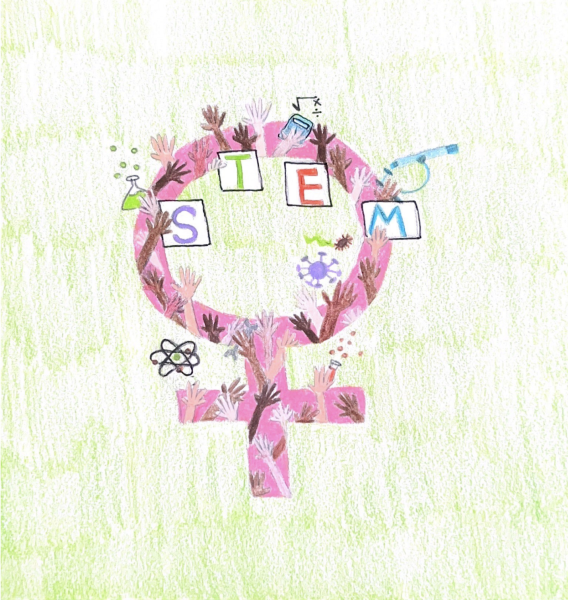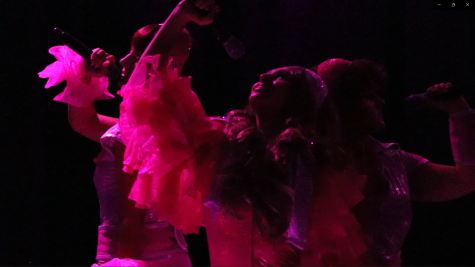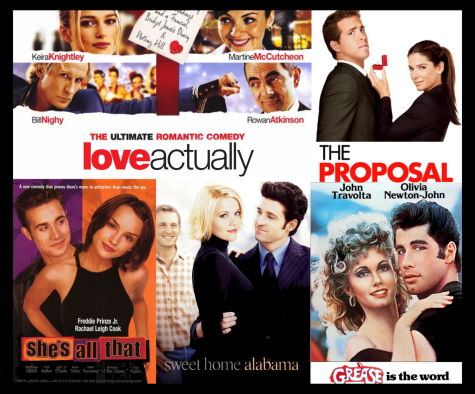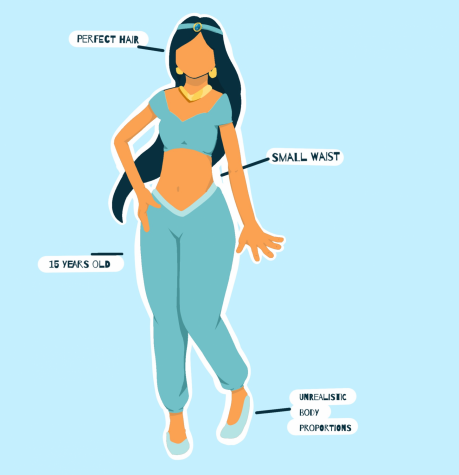For Cultural Icon Disney, It’s Time to Recognize a Whole New World
Disney’s most recent Marvel superhero movie, Shang Chi and the Legend of the Ten Rings, received roaring praise from viewers despite the fact that many across the globe were completely unaware of the film’s release in theaters on Sept 3.
Accusations of a lack of advertisements for the first Asian-led superhero movie began on social media. Marvel movies are often highly budgeted and highly advertised, however, a majority of the advertising for Shang Chi and the Legend of the Ten Rings came from the Twitter account of Simu Liu, the movie’s lead actor.
People are questioning if this lack of promotion is racially motivated, an accusation supported by the statement released by Disney’s CEO Bob Chapek calling the movie “an interesting experiment.” This comment received extreme backlash from fans, as well as a response from Liu, who tweeted: “We are not an experiment. We are the underdog; the underestimated. We are the ceiling breakers. We are the celebration of culture and joy that will persevere after an embattled year.”
These recent racist sentiments are nothing new to the Disney brand, as racism has been ingrained in the corporation’s history since its inception. Disney has disrespected many different cultures, as evidenced by the problematic remarks and characterization in films.
Released in 1941, Dumbo contains offensive representations. In one scene, Dumbo speaks to a group of crows, who portray anti-Black stereotypes through their exaggerated and stereotypical voices. Furthermore, the lead crow is named Jim Crow, a reference to laws that enforced racial segregation in the United States from the late 19th century to the early 20th century. These representations trivialize the experience of Black people during this dark period in U.S. history.
More than a decade later, Disney’s Peter Pan (1953) depicts a native tribe on the island of Neverland said to have paralleled the tribal lifestyle of Native Americans. The appearance of the tribe, however, is racist and insensitive. They wear stereotypical headdresses, have bright red-orange skin and smoke from long pipes. Additionally, the native tribe performs a large musical number called “What Makes the Red Man Red?”
Similar racist content is also found in The Aristocrats, released in 1970. The movie depicts a character by the name of Shun Gon, a cat that is a blatantly racist caricature of Asians. In his most notable scene, he is shown playing the piano with a pair of chopsticks, interweaving several Asian-targeted stereotypes.
Racism in Disney further manifests itself in the voice-over casting choices for many of its earliest movies. Non-white characters are often voiced by white actors, as seen in the animated movie Aladdin, where Linda Larkin, a white woman, was cast as Arabic princess Jasmine.
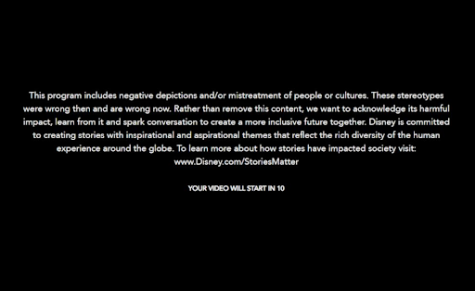
In response to increased public backlash, Disney has begun making changes, removing some of the racist scenes from films streaming on Disney+. The company has also placed warnings at the beginning of its movies to notify viewers of their racist themes. In addition, some of these movies have been banned from profiles for children under the age of seven, showing that Disney isn’t trying to brush their wrongdoings under the rug, but rather ensuring that their viewers know that what they are seeing is inaccurate, inappropriate and unacceptable.
Recent Disney movies have more accurate portrayals of different cultures. In 2017, Disney Pixar released Coco, a movie featuring a young Mexican boy. The movie depicts the celebration of Día de los Muertos (Day of the Dead). The lead voice actor, Anthony Gonzalez, is Mexican and Guatemalan. Coco won three Academy Awards and one Golden Globe Award, receiving positive reactions from audiences.
Raya and the Last Dragon, which includes references to Southeast Asian culture, was released by Disney in March 2021. The fighting style of the protagonist, Raya, is based on Indonesian Pencak Silat and several other styles of martial arts. Inspired by a keris blade, an asymmetrical dagger that is esteemed in Indonesia, Malaysia, the Philippines and Thailand, Raya’s primary weapon is a whip sword that she receives from her father. In the beginning of the movie, she is shown using Arnis (also called Kali or Eskrima) bamboo sticks, which are traditionally used in martial arts from the Philippines. Namari, one of the movie’s antagonists, uses a fighting style called Krabi Krabong combined with Muay Thai kickboxing, both of which come from Thailand.
Even small details contain cultural significance. In the beginning of the movie, young Raya and Namari are shown taking off their shoes before entering a room, which is a common practice in several Asian countries. Characters often greet each other by bowing, a sign of respect in traditional Asian cultures. References such as these show the care and time that was put into accurately representing cultural customs.
Are these continued improvements enough? Despite the lack of promotion, Shang Chi and the Legend of the Ten Rings has gotten high ratings, earning a score of 90 percent on Rotten Tomatoes and generally positive responses from audiences.
Overall, there has been significant progress toward racial equality since Disney’s founding in 1923. However, there’s still a long way to go before all races will be represented accurately and equally.

Katia Stutz, a senior at Pali High, started writing for the Tideline in her sophomore year and became Managing Editor in her junior year. Outside of school,...

Leela Rao, a Senior, is Tideline’s current Managing Editor. She was an illustrator at Tideline for two years and has a passion for art and literature.


